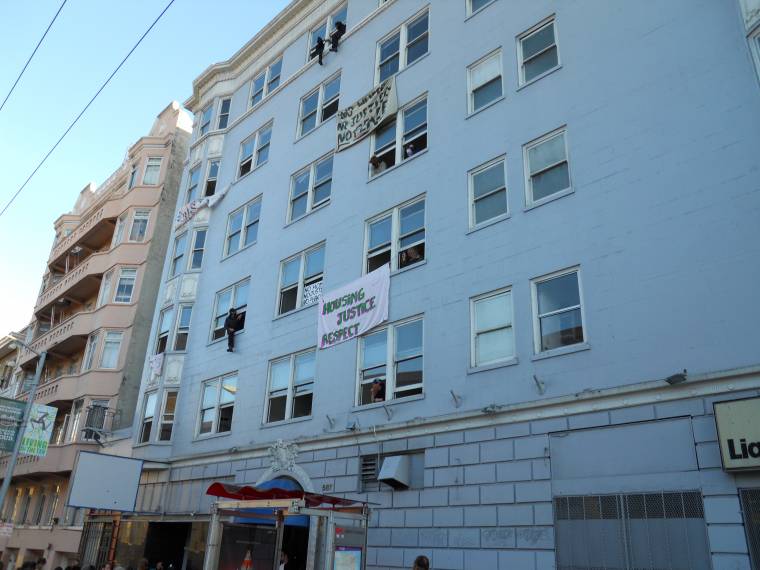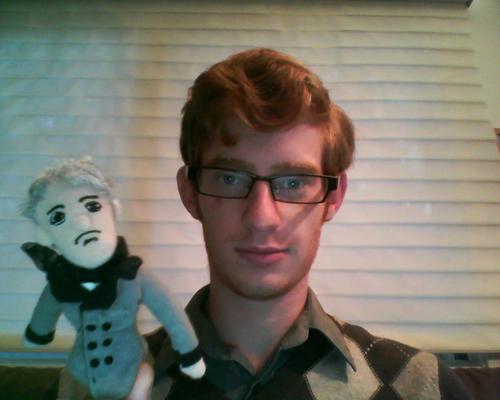They clearly do not want us in the parks.
That much is clear after a national crackdown on park occupations throughout the United States. With violent police interventions from Portland to Oakland to Philadelphia to New York (and a lot of other places), this particular tactic may have run its course as the spatial organizing principle, at least for now. We're also headed into December, and in New York at least, an outisde occupation was going to go the way of Valley Forge.
So rather than be demoralized, I'd like to see our removal from the parks as an opportunity. Don't get me wrong, police beating people is never "a good thing," but it forces us to imagine other ways to channel this energy. Here are some ways people have thought of occupations beyond the park.
Homes, big ones
One of my first articles for Shareable was about an ad-hoc group in San Francisco called "Creative Housing Liberation" that existed for one day in November of 2010 and occupied the vacant Leslie Hotel. They were ahead of their time, but now a generalization of that tactic might take hold and be able to endure for longer periods of time. As Salon's Justin Elliott reported, the folks who have been occupying Wall Street are planning a December 6 action to occupy foreclosed homes and resist evictions. I've heard particular attention in planning meetings to large buildings like the Leslie, which seems like a good idea. Taking space is part of an occupation, but so is making it collective. A larger space makes that easier.
Cameras
Getting hit by riot cops isn't the only way to get media attention, and it's certainly not the safest. In Greece in 2008, youths broke into tv and radio stations, interrupting a broadcast from the Prime Minister, to display the message: "Stop watching, get out onto the streets." There were no injuries and no arrests at the action, it seems not to violate any non-violence policy, and when a few minutes of broadcast time is prohibitively expensive for 99% of Americans, occupying the cameras could send a powerful message.
Banks
This one is already very much in play, and I think we'll see more of it. I've even heard rumors of a bank occupation on the west coast planned for tonight. It's a popular tactic because it's such a deserving target. Nothing gets most Americans angry quite the way the big banks do. As Sarah Leonard wrote: "Maybe it’s time to start sitting down inside those banks. #OccupyLA has already tried this, and members got arrested after trying to cash a $673 billion dollar check to 'the people of California.' The police barriers are temporary; the banks are there to confront every day in every city. Occupy Wall Street has gained more traction every time the occupation has escalated. And it’s currently more popular than Congress. If there was ever a time to radicalize American onlookers, this is it."
Schools
This sequence started in universities, and it's continuing there now. Students at the Universities of California, after pioneering the tactic of occupation in the US in the last few years are geared up once again, especially since the infamous pepper spraying at UC Davis. Higher education costs are a major proximate cause of these mobilizations, so it's not surprising occupiers heading back to that source. Perhaps the best, and most overlooked, model is the student occupation of the Univeristy of Puerto Rico last year. They occupied it for a long time, had interaction between the campuses, protected themselves, and drew community support.
I imagine we'll see all of these tactics and more. Where else?










